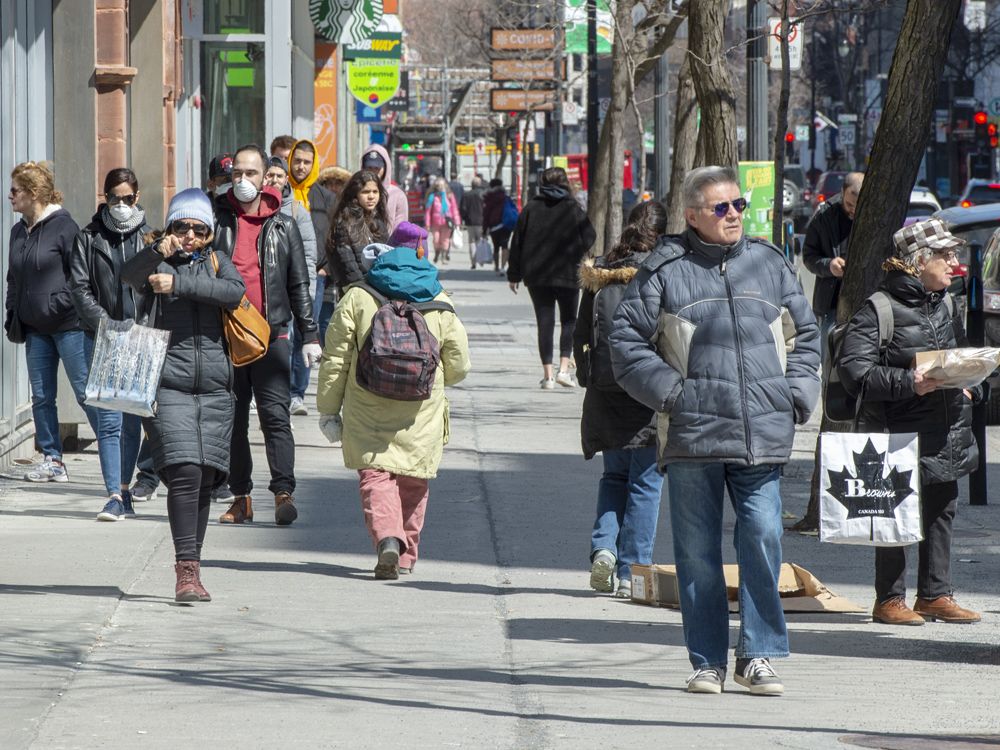Postmortem: Ten little recoveries

Ontario appears to have become an anchor on the recovery

Article content
Financial Post columnist Kevin Carmichael, editor of the FP Economy newsletter, unpacks the week in economics.
Shop ’til you drop
Retail sales for April were published on June 23. The data are a proxy for the economic side of the COVID-19 crisis. Sales crashed hard with the first wave of infections, then battled back faster than any other aspect of the economy, an indication that the recession would be a strange one.
Humans are adaptable, and they adjusted their spending habits to match pandemic life. Shopping became easier as merchants set up e-commerce systems in real time. Perhaps just as important was the federal government’s full embrace of new thinking about how to approach a recession; instead of holding back out of fear the debt would grow too large, Prime Minister Justin Trudeau decided to err on the side of rapid growth and spent liberally. Trudeau’s emergency benefits actually lifted disposable income, stoking a V-shaped recovery in total retail spending.
Advertisement
Story continues below
This advertisement has not loaded yet, but your article continues below.
Article content
To be sure, commerce still is at COVID-19’s mercy. Statistics Canada said retail sales plunged 5.7 per cent in from March, as non-essential stores that had reopened were ordered to re-close because of the third wave. It was the biggest decline since the beginning of the crisis, but most observers brushed it off. With vaccination rates rising, and lockdowns easing, households will resume spending their pandemic savings. But where, and by how much? Will grocery stores suffer now that restaurants are open, or have we rediscovered the joys of home cooking? Will we think up new ways to renovate, or will we spend that money on an overseas vacation? Maybe we will decide we like having money in the bank and turn our backs on the credit-fuelled consumption that powered the pre-pandemic economy. Narratives matter. The stories we create over the next few months will influence the trajectory of the recovery.
Advertisement
Story continues below
This advertisement has not loaded yet, but your article continues below.
Article content
The following graph shows what that trajectory looked like from the perspective of retailers when the third wave asserted itself. The left vertical axis is total sales (bars), and the right vertical axis tracks a selection of subcategories (lines). What if we keep spending as money on food and drink as we do on automobiles even after social distancing fades? That would be a helluva story.

Ten little recoveries
Statistics Canada last week published a chart pack to show how the provinces have been faring throughout the pandemic. The chart below caught our eye. Youth employment has become an important indicator, if only because it’s on Bank of Canada Governor Tiff Macklem’s dashboard. The governor says he intends to keep interest rates low until the recovery from the COVID-19 recession is “complete,” and national data suggest younger workers are in danger of being left behind by the recovery. Statistics Canada’s provincial breakdown shows that worries about youth unemployment should be focused on Ontario, where management of the crisis has been inconsistent. Youth employment in places that have kept COVID-19 cases low exceeds pre-pandemic levels. Ontario, on the other hand, appears to have become an anchor on the recovery.

• Email: [email protected] | Twitter: carmichaelkevin
_____________________________________________________________
If you like this story sign up for FP Economy Newsletter.
_____________________________________________________________
Advertisement
Story continues below
This advertisement has not loaded yet, but your article continues below.








